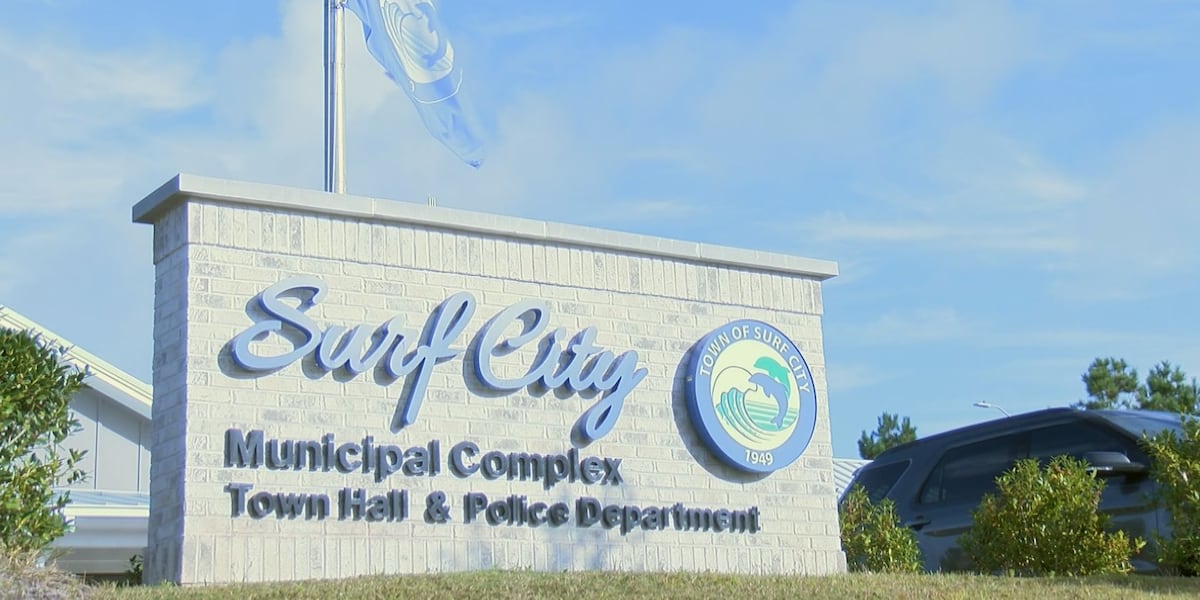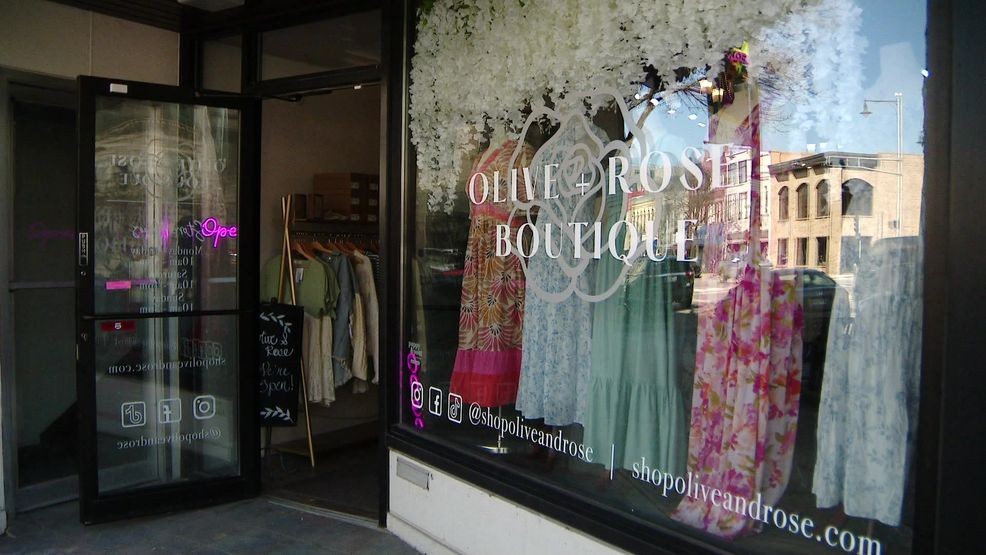Corporate Crossfire: How Brands Become Battlegrounds in America's Cultural Divide

In the world of corporate marketing, rebrands have become a fascinating spectacle that often sparks wild speculation and online buzz. Companies are increasingly finding that the public's imagination runs wild when logos or brand identities shift, turning mundane design changes into elaborate conspiracy theories.
What starts as a simple visual refresh can quickly spiral into elaborate narratives about hidden meanings, secret messages, and cryptic corporate strategies. Social media platforms become breeding grounds for these creative interpretations, with users dissecting every minute detail of a new logo or brand identity.
The truth, however, is far less dramatic. Most rebrands are simply strategic attempts to modernize, appeal to new demographics, or reflect evolving company values. They're not elaborate plots or coded messages—just standard corporate evolution.
Yet, there's something undeniably entertaining about how quickly people can construct intricate backstories around a simple design change. It speaks to our collective creativity and desire to find deeper meaning in what are essentially marketing decisions.
So the next time you see a brand unveil a new look and the internet starts buzzing with conspiracy theories, take a step back and remember: sometimes a logo is just a logo, and not everything is a hidden message waiting to be decoded.








